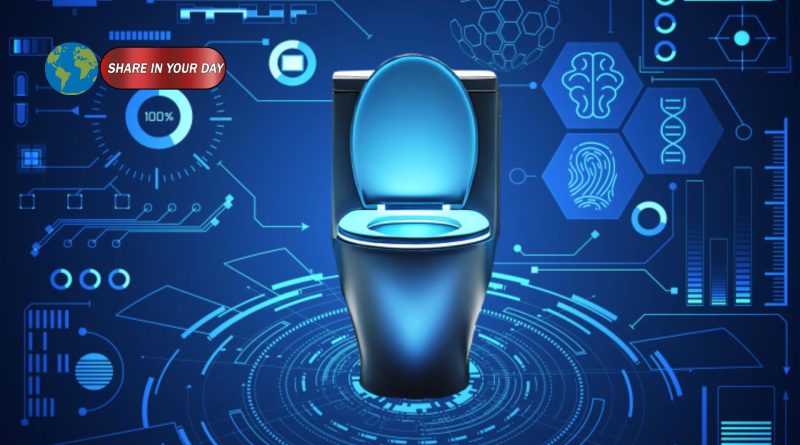The bathroom has long been the place where we take care of the body we live in — but now it’s becoming the place that watches us back.Technology companies are introducing smart toilet systems that monitor waste for clues about hydration, diet, gut health and more. These devices promise to make what happens in our bathrooms a window into our wellness.
From plumbing fixture to health dashboard
High-end bathroom fixture companies and startups are turning toilets and toilet seats into health-data sensors. For example, one system designed by Kohler attaches to the toilet bowl rim and uses optical sensors to analyse urine and stool.
Other companies such as Toto and Withings have also begun integrating recognition systems for waste shape, colour and other indicators of health.
What it actually monitors
These systems can detect:
- Appearance and consistency of stool (shape, frequency)
- Hydration via urine colour or volume
- Presence of blood in waste (a sign of possible internal bleeding)
- Indicators linked to gut health, nutrient absorption, possibly hormone
Once the sensors gather data, it’s transmitted (via an app or cloud service) so users can track changes and perhaps act proactively on diet or hydration.
Why this matters
Our toilets have long sat silently as the endpoint of what our body discards. Smart-toilet tech argues: if waste carries signals, why not read them automatically? Especially for gut health, hydration and early warning signs of disease, this could reduce reliance on invasive testing or delayed visits to a doctor.
Additionally, because the system is passive (you do nothing special), it may catch trends that you wouldn’t notice yourself.
But: the caveats
- Privacy and data security: Installing a camera or sensors in a toilet bowl raises obvious privacy questions. Even with down-facing angles and encryption, the notion of bodily waste being scanned and uploaded will unsettle many.
- Accuracy and interpretation: Detecting “blood in waste” or “poor hydration” is one thing; interpreting what it means is another. Many devices are early generation and the clinical implications are still being explored. The Wall Street Journal
- Cost and accessibility: These systems tend to be premium priced (hundreds of dollars plus subscriptions) which limits broad adoption at present. Tom’s Guide
- Data overload and anxiety: More data isn’t always better if it raises false alarms or causes stress about everyday body functions.
What consumers should consider
If you’re thinking of installing one of these systems:
- Check compatibility with your toilet model (especially bowl colour, shape, etc).
- Look into subscription costs, data retention and who owns the data.
- Ask about privacy features: local vs cloud storage, encryption, biometric locks.
- Treat the output as additional insight, not a diagnostic medical device. Always consult a healthcare professional if a device flags something unusual.
- Consider value: Are you motivated to act on the feedback? Otherwise the data may pile up unused.
In short: smart-toilet tech is transforming the bathroom into a health-monitoring station, offering potential for early insights into what our body is telling us via waste. But it comes with trade-offs around cost, privacy, and interpretation. As with most wellness tech, the best results come when users are willing both to engage with the data and to act on the signals.





